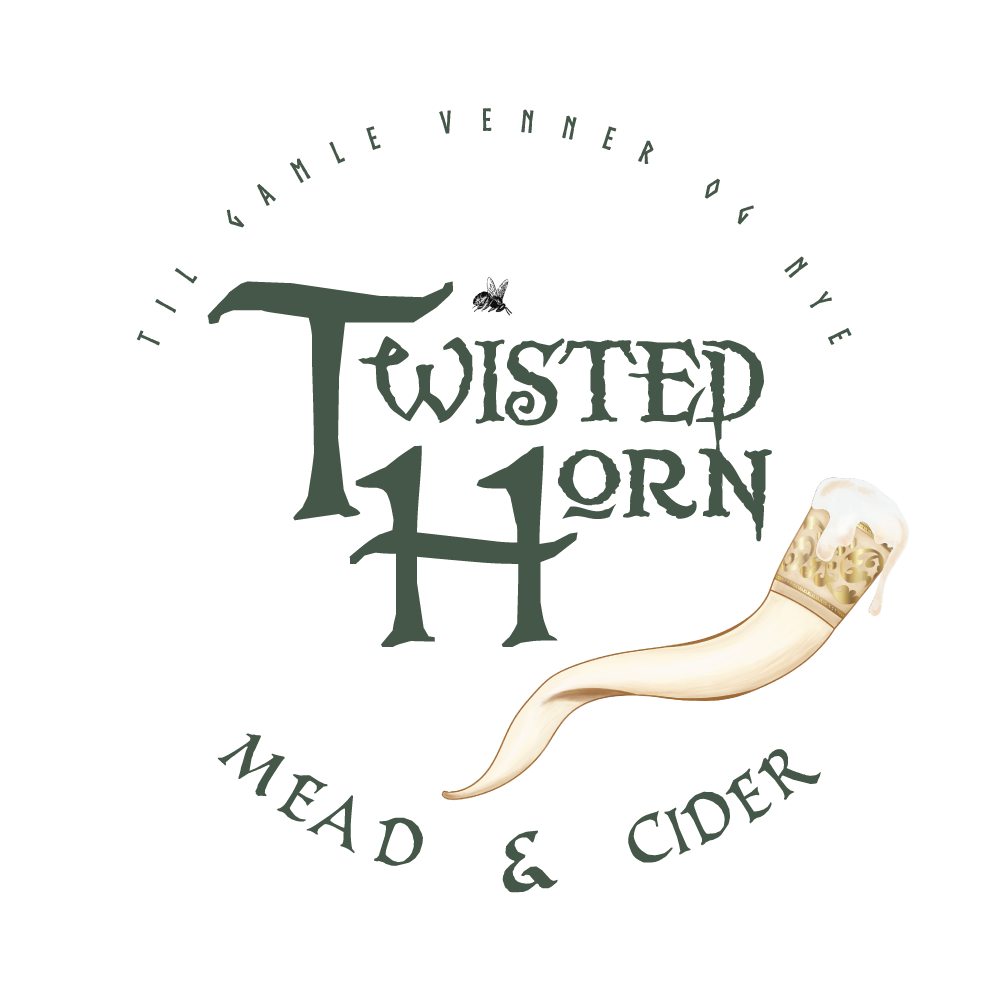Viking Mead: A Short Explanation
We’ll admit it, we’re obsessed with what we do and could talk about the craft and skill that comes with making mead. We could also go on and on about the rich history of mead, the history of the vikings and how they mastered mead making, and even mead’s presence in today's pop culture (we’re looking at you Vikings). Mead has played a big role in our lives, and it continues to play a big role in society and culture as well.
Since some of our new clan members might be new to mead, or some of our prospective clan members might be new to mead, we decided to answer one of the most important questions: what is mead?
In an earlier blog we broke down the mead making process and compared it to that of wine, but we’ve never fully discussed what mead is and how it rose to prominence, or why it’s such a popular drink in historical pop culture. So, in this blog, we’ll talk a bit about the history of mead, why it’s usually connected to viking culture, and its role in today’s culture.
Let’s Take It From The Top
To start, mead is a drink made from fermented water, yeast, and honey. Its original roots date back to Ancient Greece, where it was referred to as ‘nectar of the Gods’ because of its ingredients and its ties to Mount Olympus gave the impression that it also had magical powers. Mead can also be traced back to ancient Chinese civilizations, as early as 7000 BC. Not only does mead have prominence across cultures around the world because of its history, but mead rose to popularity because it was believed to have healing powers due to the honey used to make it.
Over the course of years and centuries, mead started to establish its place among multiple cultures. Not only did ancient cultures believe it descended directly from the heavens, had healing powers, and was magic, but other cultures developed their own beliefs. For example, the Celtics had a myth where a river of mead would run through paradise, and other cultures believed mead had the power to give a person the power of poetry and knowledge. Mead crossed multiple cultures, countries, and myths before landing on the Vikings. However, the role Viking culture played in making mead popular is significant.
About Those Vikings
When it comes to mead and its place in history, a lot of people might picture burly men with horned helmets and righteous beards, sitting around a table, drinking from an actual horn with a fire in the background. The author of this blog thinks of Floki from History Channel’s Vikings, but either way, a more medieval scene is pictured when mead is brought up. Surprisingly though, for the Vikings, mead was actually a drink used for celebration and was usually saved for special occasions, like honeymoons, or was only drunk by higher-ranking members of their community. The Vikings were also very knowledgeable with beekeeping practices, and often practiced different ways of making mead both high quality and low.
Vikings used both pure honey and crushed beehives to produce their mead. The pure honey made higher quality mead, so it was used for those special occasions, or given to those in a higher class. The crushed beehive mead was given to the lower class. As for drinking from the horn, that was definitely one way Vikings consumed mead! It’s unknown if horns were used to depict social class, a certain ceremony, or if it was random when they used a horn, but it’s a very true part of history that horns were used in place of glasses.
Mead in Real Time
In pop culture, mead plays a significant role in shows, storytelling, myths, and serves as a character staple for notable characters like Tyrion Lannister or the hobbits in Lord of the Rings. Mead has become synonymous with medieval, which with the rise of historical series and fantasy stories, has brought mead back into the spotlight. The popularity of mead started long before the drink ever hit pop culture, however, the boost in recognition helped. Today, mead is served in local bars, pubs, or you can find it in cider houses because of its versatility. We use mead to celebrate holidays, get a taste of history, or just to try something other than wine or beer.
For us here at Twisted Horn, we developed a love of mead because of its rich history, the love of making mead, and an adoration of the culture that comes with it. We’re sure that if you try mead, or even visit a local brewery that serves mead, you’ll notice not only the difference in atmosphere, but you’ll notice the same shared appreciation.

